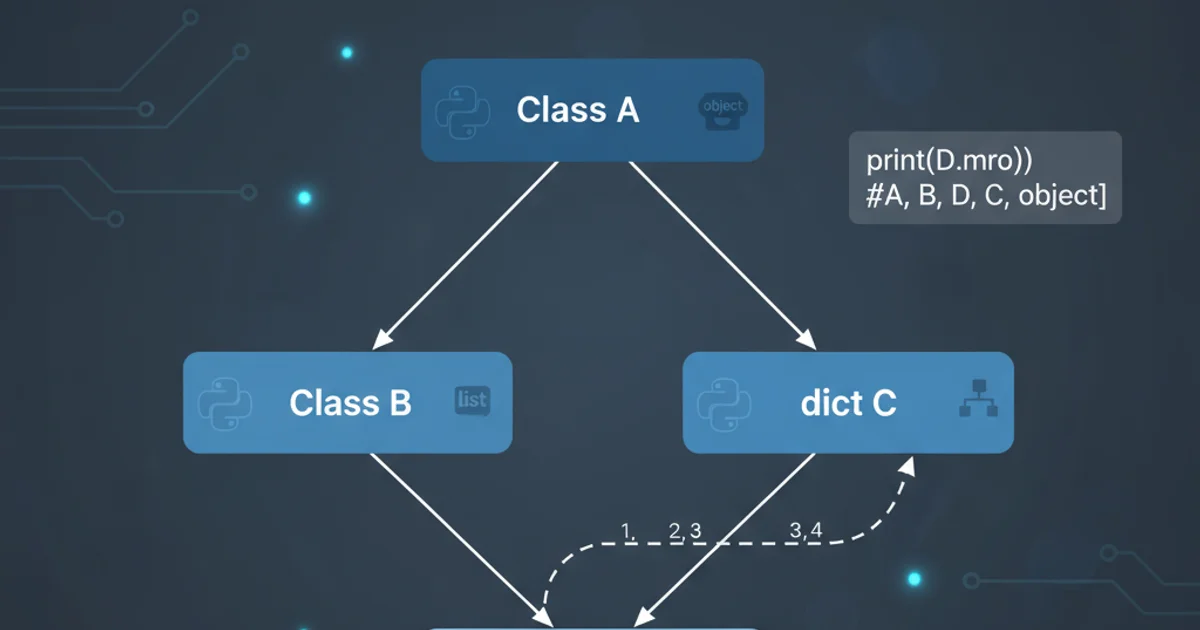Integer values for status fields
Using Integer Values for Status Fields in Database Design

Explore the best practices for implementing status fields using integer values in database schemas, focusing on maintainability, performance, and data integrity.
When designing database schemas, especially for tables that track the state or status of an entity (e.g., order_status, user_status, task_status), a common decision point is how to represent these statuses. While string-based enums or direct text values might seem intuitive, using integer values often provides significant advantages in terms of performance, storage efficiency, and data integrity. This article delves into the benefits and implementation strategies for using integers to represent status fields, along with best practices for managing their meaning.
Why Integers for Status Fields?
Using integer values for status fields offers several compelling benefits over string-based alternatives. These advantages become particularly noticeable in large-scale applications or systems with high transaction volumes.
flowchart TD
A[Start] --> B{Choose Status Type?}
B -->|String Enum| C[Larger Storage]
B -->|String Enum| D[Slower Joins/Indexes]
B -->|String Enum| E[Typo Prone]
B -->|Integer Code| F[Smaller Storage]
B -->|Integer Code| G[Faster Joins/Indexes]
B -->|Integer Code| H[Requires Lookup Table]
C --> I[End]
D --> I[End]
E --> I[End]
F --> I[End]
G --> I[End]
H --> I[End]Comparison of String Enum vs. Integer Code for Status Fields
Performance and Storage
Integer columns generally require less storage space than VARCHAR or ENUM columns. This reduction in size translates directly to faster read/write operations, as less data needs to be moved from disk to memory. Furthermore, indexing on integer columns is typically more efficient than on string columns, leading to quicker query execution, especially for WHERE clauses and JOIN operations involving status fields.
Data Integrity and Consistency
By using integers, you can enforce data integrity more strictly. A foreign key constraint can link the status field to a dedicated lookup table (e.g., status_types), ensuring that only valid status codes are ever stored. This prevents issues like typos or inconsistent casing that can plague string-based status fields, which often lead to data inconsistencies and application errors.
Ease of Modification
While it might seem counter-intuitive, modifying status meanings can be easier with integers. If a status description needs to change, you only update the lookup table, not potentially millions of rows in your main table. Adding new statuses is also straightforward: add a new row to the lookup table and update your application code to recognize the new integer value.
Implementation Strategies
Implementing integer status fields effectively involves a combination of database design and application-level considerations. The most robust approach involves a dedicated lookup table.
erDiagram
ORDERS ||--o{ ORDER_STATUSES : "has"
ORDER_STATUSES {
INT id PK
VARCHAR name
VARCHAR description
}
ORDERS {
INT id PK
INT status_id FK
VARCHAR order_number
DATETIME created_at
}Entity-Relationship Diagram for Orders with an Integer Status Field
1. Dedicated Lookup Table
The recommended approach is to create a separate table to store the definitions of your status codes. This table typically has an id (the integer status code), a name (the human-readable status), and optionally a description.
Example Table Structure:
CREATE TABLE `order_statuses` (
`id` INT NOT NULL PRIMARY KEY,
`name` VARCHAR(50) NOT NULL UNIQUE,
`description` VARCHAR(255)
);
INSERT INTO `order_statuses` (`id`, `name`, `description`) VALUES
(1, 'Pending', 'Order has been placed but not yet processed'),
(2, 'Processing', 'Order is being prepared for shipment'),
(3, 'Shipped', 'Order has left the warehouse'),
(4, 'Delivered', 'Order has been received by the customer'),
(5, 'Cancelled', 'Order was cancelled by customer or system');
Your main table (e.g., orders) would then have an integer column (status_id) that references the id column in the order_statuses table using a foreign key constraint.
CREATE TABLE `orders` (
`id` INT AUTO_INCREMENT PRIMARY KEY,
`order_number` VARCHAR(20) NOT NULL UNIQUE,
`customer_id` INT NOT NULL,
`status_id` INT NOT NULL,
`created_at` DATETIME DEFAULT CURRENT_TIMESTAMP,
FOREIGN KEY (`status_id`) REFERENCES `order_statuses`(`id`)
);
2. Application-Level Constants
In your application code, define constants that map to these integer values. This makes your code more readable and maintainable, avoiding "magic numbers" scattered throughout your codebase.
PHP
status_id = OrderStatus::PROCESSING; ?>Python
class OrderStatus: PENDING = 1 PROCESSING = 2 SHIPPED = 3 DELIVERED = 4 CANCELLED = 5
Usage example
order.status_id = OrderStatus.PROCESSING
Java
public enum OrderStatus { PENDING(1), PROCESSING(2), SHIPPED(3), DELIVERED(4), CANCELLED(5);
private final int code;
OrderStatus(int code) {
this.code = code;
}
public int getCode() {
return code;
}
}
// Usage example order.setStatusId(OrderStatus.PROCESSING.getCode());
Querying and Displaying Statuses
When querying data, you'll often need to join with the lookup table to retrieve the human-readable status names for display in your application or reports.
SELECT
o.order_number,
os.name AS status_name,
o.created_at
FROM
orders o
JOIN
order_statuses os ON o.status_id = os.id
WHERE
os.name = 'Pending'; -- Or WHERE o.status_id = 1;
SQL query joining orders with their status names
order_statuses table in your application layer to reduce database load.This approach ensures that your database stores efficient integer codes, while your application can easily work with meaningful string representations.